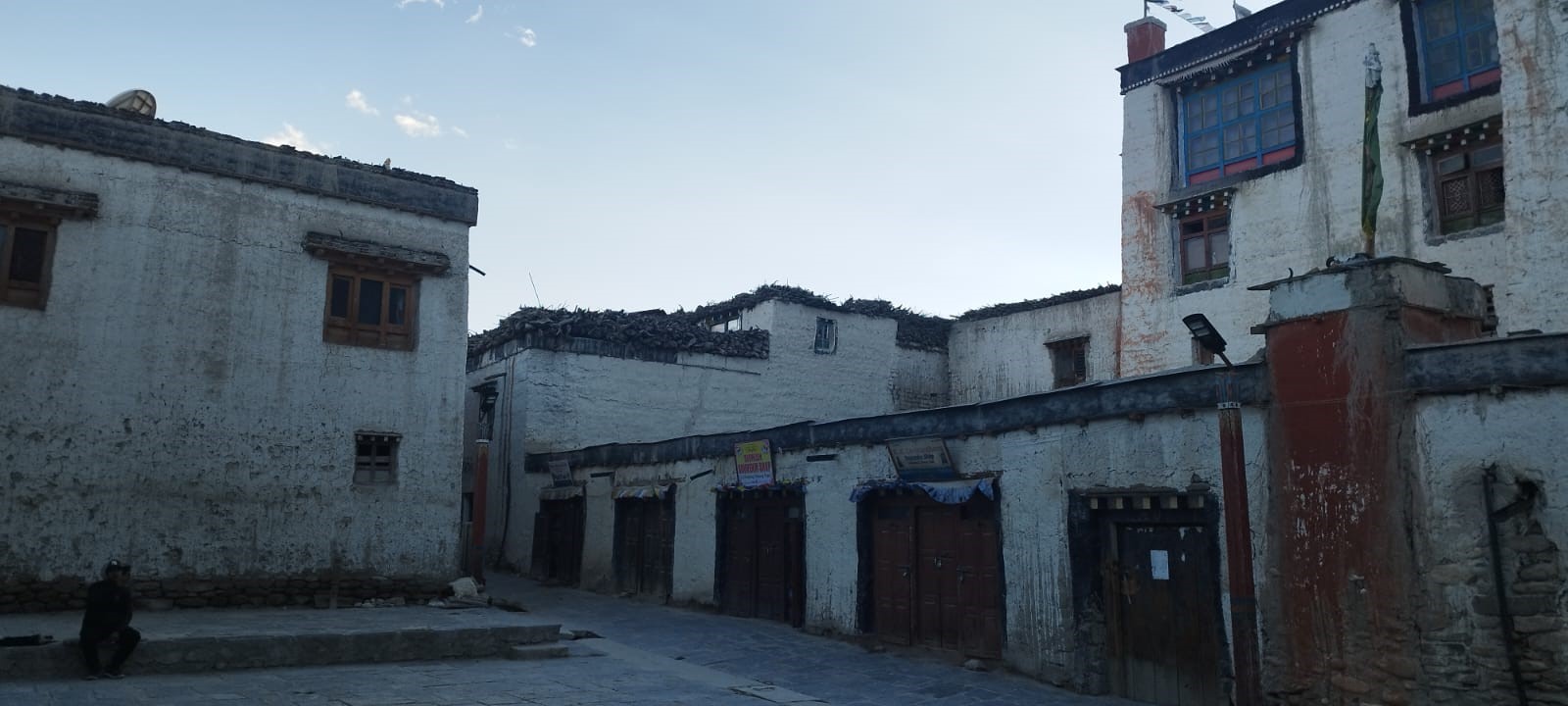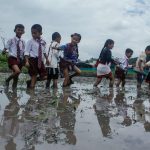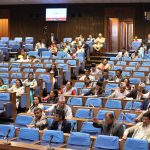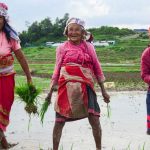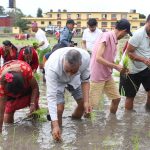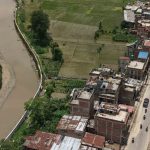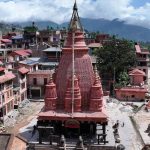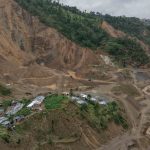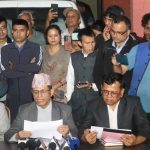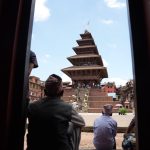Kathmandu: The historic place of Lomanthang in Mustang, located about 180 kilometres away along the Kaligandak River from the district headquarters of Beni in Myagdi, is significant in terms of its religious, natural and touristic treasures.
The people’s representatives have expressed concerns that the area has not attracted the expected number of foreign tourists due to various government policies, despite its immense tourism potential.
Marpha, Jomsom, Kagbeni, and Muktinath Temple receive thousands of foreign tourists and pilgrims every year, limited number of tourists visit Lomanthang, a pristine site at a distance of 75 kilometres from Mustang’s district headquarters, Jomsom.
Chairman of Lomanthang Rural Municipality Tasi Nharbu Gurung viewed that tourism development could not take place here as expected due to government’s restricted policy for the entry of foreigners in Lomanthang. ‘The foreign tourists have to pay 500 US Dollars for 10 days to visit Lomanthang and Lo-Dhekar Damodarkunda rural municipalities. We could not bring in the expected number of tourists due to this provision,’ said Chairman Gurung.
He observed that the living standards of people here could be impressively increased by welcoming thousands of foreign tourists if the state takes some measures of facilitation. Lomanthang also shares border with China’s Tibet. The government has established the Immigration Office at Korola point but has not run well.
‘There are sufficient bases for increasing economic activities as Lomanthang shares border with China. We have failed to seize benefits due to non-operation of the Immigration Office at Korola point,’ said Chairman Gurung. In October 2024, Home Minister Ramesh Lekhak inaugurated the Immigration Office and Border Out-Post (BOP) of the Armed Police Force, Nepal at Nechung in Lomanthang-1.
With the establishment of Immigration Office and BOP, the local residents had hoped for increased economic activities. ‘But, that could not take place, ‘ said Gurung bemoaned. According to Chairman Gurung, food and livestock quarantine unity is also required for the operation of the Immigration Office.
Lomanthang was a popular trilateral trade route between India, Nepal and Tibet until 20th century from 15th century. Now, this trade point is almost halt, he added, stating that the local residents have also faced challenges for lack of trade. In Lomanthang, the rescue job for patients is also a key challenge as the stakeholders should take an approval from the Home Ministry for flying helicopters.
Gurung said, ‘Sometimes, untimely death of patients are reported due to delayed in approval for flying helicopters.’ The local level has built a hospital but the local residents have not taken advantages from the health facility for lack of human resource and equipment.
He said that their repeated requests for the arrangements were unheard from the province and federal governments. The total population of Lomanthang is around 2,000 and the settlement here is spread in an extended area, which is believed to be some 600 years old. This settlement encircled with the mud wall is on the lap of a dry mountain.
A naturally beautiful village, Lomanthang is equally rich in terms of cultural heritages. The palace, monastery, cultural king, Mukhiya tradition, shared cultures of Tibetan community and lifestyle are the identities of Lomanthang. Visitors could also witness a cave built by poking the hill some 2,000 years ago and the cave has almost 60 rooms.
Gurung said the historic and touristic site carries immense potential but we have failed to take advantage of this, Gurung stated. Situated at an altitude of 3,850 meters, Lomanthang is also an entry point for Upper Mustang. As per the history, this area was the headquarters of the Lo State in 13th century.
Despite Nepal’s unification in 18th century, the local rulers reigned Mustang and Lomanthang as the Buddhist kingdom until the establishment of republic system in Nepal. Jigme Dorje Palbar Bista was the last king here.
Chairman Gurung said that the site is equally important to those who have deep interests to the history and religion. Lomanthang is a centre of Tibetan and Buddhist cultures for millennia, which are still visible in the ancient monasteries, buildings and crafts.
RSS


